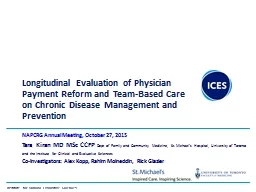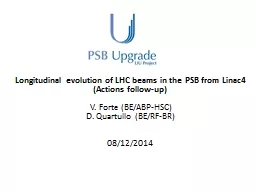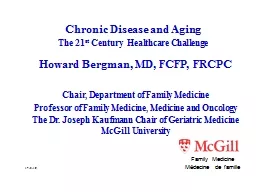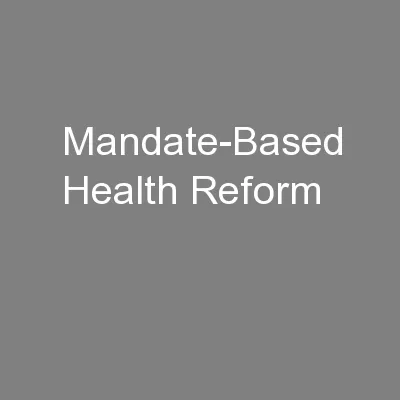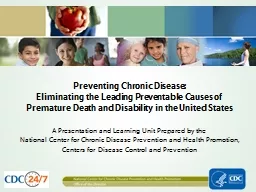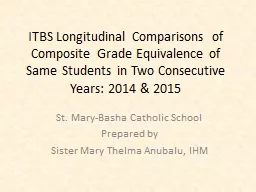PPT-Longitudinal Evaluation of Physician Payment Reform and Team-Based Care on Chronic Disease
Author : RockOn | Published Date : 2022-07-28
NAPCRG Annual Meeting October 27 2015 Tara Kiran MD MSc CCFP Dept of Family and Community Medicine St Michaels Hospital University of Toronto and the Institute
Presentation Embed Code
Download Presentation
Download Presentation The PPT/PDF document "Longitudinal Evaluation of Physician Pay..." is the property of its rightful owner. Permission is granted to download and print the materials on this website for personal, non-commercial use only, and to display it on your personal computer provided you do not modify the materials and that you retain all copyright notices contained in the materials. By downloading content from our website, you accept the terms of this agreement.
Longitudinal Evaluation of Physician Payment Reform and Team-Based Care on Chronic Disease: Transcript
Download Rules Of Document
"Longitudinal Evaluation of Physician Payment Reform and Team-Based Care on Chronic Disease"The content belongs to its owner. You may download and print it for personal use, without modification, and keep all copyright notices. By downloading, you agree to these terms.
Related Documents

